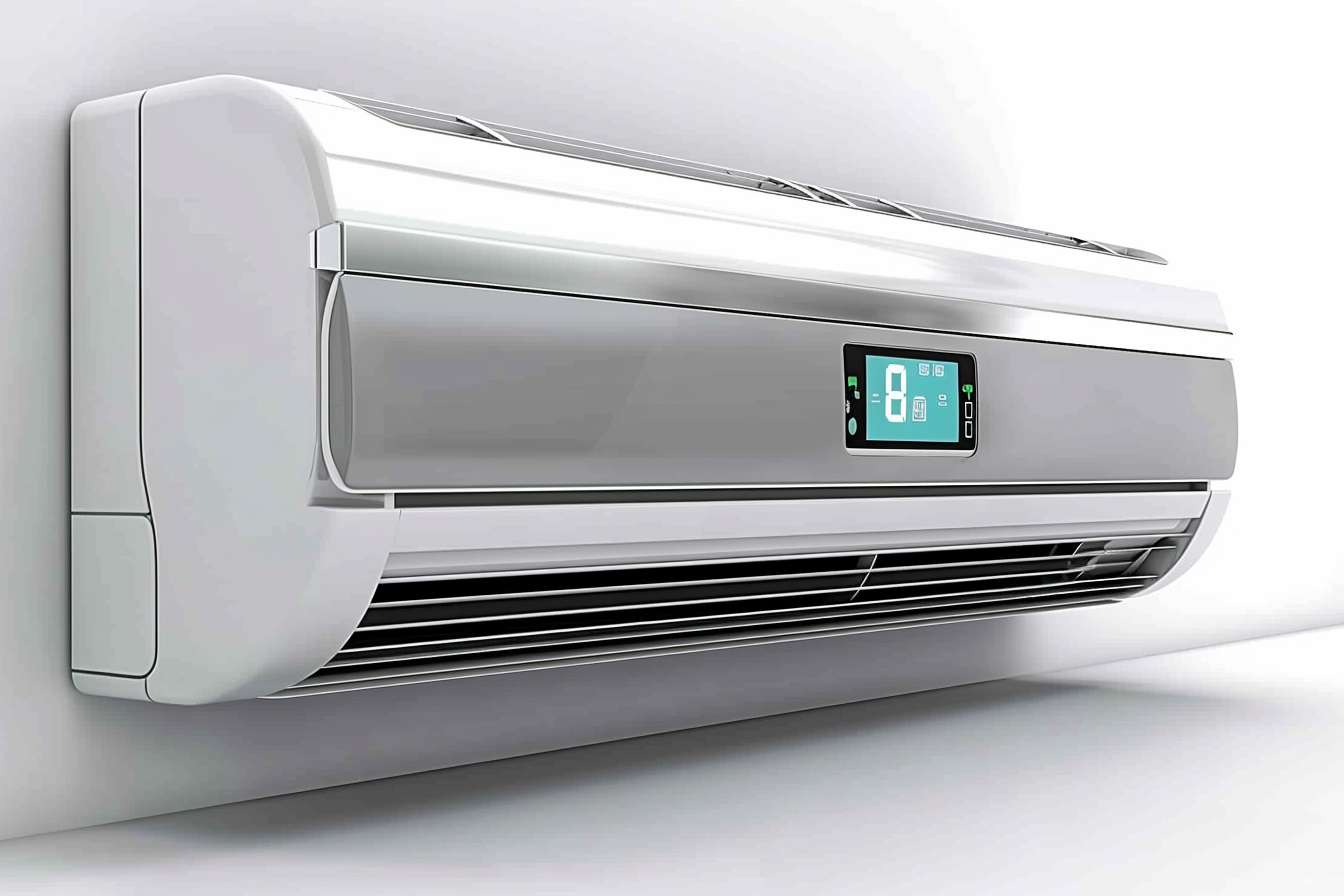Ductless air conditioning: A flexible solution for modern home temperature control
As temperatures rise and energy costs fluctuate, homeowners in Brunei Darussalam are increasingly seeking efficient and flexible cooling solutions. Ductless air conditioning systems have emerged as a popular alternative to traditional central air systems, offering targeted climate control without the need for extensive ductwork. These systems provide both cooling and heating capabilities while maintaining energy efficiency and ease of installation. Whether you are upgrading an older home or designing a new space, understanding how ductless systems work and their benefits can help you make an informed decision about your indoor comfort needs.

Ductless air conditioning systems, also known as mini-split systems, have transformed the way homeowners approach climate control. Unlike traditional central air systems that rely on extensive ductwork to distribute cooled air throughout a building, ductless units operate independently in designated zones. This flexibility makes them ideal for homes without existing ducts, older buildings, room additions, or spaces where installing ductwork would be impractical or costly.
What is a ductless air conditioner?
A ductless air conditioner consists of two main components: an outdoor compressor unit and one or more indoor air-handling units. These components are connected by a small conduit that houses the power cable, refrigerant tubing, and condensate drain. The indoor units are typically mounted on walls or ceilings and can be controlled individually, allowing for precise temperature regulation in each room or zone. This zoning capability is one of the key features that sets ductless systems apart from conventional HVAC solutions. Each indoor unit operates independently, meaning you can cool or heat only the rooms you are using, rather than conditioning the entire home at once.
Advantages of ductless air conditioning
Ductless air conditioning systems offer numerous benefits that make them an attractive option for homeowners in Brunei Darussalam. One of the most significant advantages is energy efficiency. Because these systems do not rely on ductwork, they avoid the energy losses associated with leaky or poorly insulated ducts, which can account for more than 30 percent of energy consumption in traditional systems. Additionally, the ability to control temperatures in individual zones means you only use energy where and when it is needed.
Another advantage is the ease and speed of installation. Traditional central air systems require extensive ductwork installation, which can be disruptive, time-consuming, and expensive. Ductless systems, by contrast, require only a small hole in the wall to connect the indoor and outdoor units, making installation far less invasive. This is particularly beneficial for older homes, historic buildings, or properties where ductwork installation is not feasible.
Ductless systems also offer improved indoor air quality. Without ducts, there is less opportunity for dust, allergens, and other contaminants to accumulate and circulate throughout your home. Many ductless units come equipped with advanced filtration systems that further enhance air quality by capturing particles and reducing odors.
Ductless AC Installation Guide
Installing a ductless air conditioning system involves several key steps, and while some homeowners may attempt DIY installation, professional installation is strongly recommended to ensure optimal performance and warranty coverage. The first step is to assess your cooling needs and determine the appropriate size and number of indoor units required. A professional technician will evaluate your home’s layout, insulation, and climate conditions to recommend the best configuration.
Once the system is selected, the installation process begins with mounting the indoor unit on a wall or ceiling in the desired location. The outdoor compressor unit is then positioned on a stable surface outside the home, typically on a concrete pad or mounted on brackets. A small hole, usually around three inches in diameter, is drilled through the wall to accommodate the conduit that connects the indoor and outdoor units.
After the units are mounted and connected, the technician will test the system to ensure proper refrigerant levels, electrical connections, and airflow. The entire installation process typically takes one to two days, depending on the number of units being installed. Proper installation is critical to the system’s efficiency and longevity, so choosing a qualified and experienced technician is essential.
Ductless AC vs Central Air
When deciding between ductless air conditioning and central air, several factors come into play. Central air systems are well-suited for larger homes with existing ductwork and provide uniform cooling throughout the entire house. However, they can be less energy-efficient due to duct losses and may result in higher utility bills, especially if you are cooling unoccupied rooms.
Ductless systems, on the other hand, offer greater flexibility and energy savings through zoned cooling. They are ideal for homes without ductwork, smaller spaces, or situations where you want to control temperatures in specific areas independently. While the upfront cost of a ductless system can be higher than a window unit, it is often comparable to or less than installing a full central air system with ductwork.
Another consideration is maintenance. Central air systems require regular duct cleaning and filter replacement, while ductless systems have washable filters that are easy to maintain. Both systems benefit from annual professional maintenance to ensure peak performance and longevity.
| System Type | Provider | Cost Estimation (BND) |
|---|---|---|
| Single-Zone Ductless AC | Daikin | 1,500 - 3,000 |
| Multi-Zone Ductless AC | Mitsubishi Electric | 4,000 - 8,000 |
| Central Air System | Carrier | 6,000 - 12,000 |
| Window AC Unit | Panasonic | 300 - 800 |
Prices, rates, or cost estimates mentioned in this article are based on the latest available information but may change over time. Independent research is advised before making financial decisions.
Energy-Efficient Cooling Solutions
Energy efficiency is a top priority for homeowners looking to reduce utility costs and minimize environmental impact. Ductless air conditioning systems are among the most energy-efficient cooling solutions available today. Many models are equipped with inverter technology, which allows the compressor to adjust its speed based on cooling demand rather than cycling on and off. This results in more consistent temperatures, reduced energy consumption, and quieter operation.
When selecting an energy-efficient ductless system, look for units with high Seasonal Energy Efficiency Ratio (SEER) ratings. Higher SEER ratings indicate better energy performance. In Brunei Darussalam’s tropical climate, choosing a system with a SEER rating of 18 or higher can lead to significant long-term savings on electricity bills.
Additional energy-saving features to consider include programmable timers, sleep modes, and smart controls that allow you to adjust settings remotely via smartphone apps. Proper insulation, window treatments, and regular maintenance also contribute to overall system efficiency and performance.
Ductless air conditioning systems represent a modern, flexible, and efficient approach to home climate control. Whether you are retrofitting an older home, adding a new room, or simply seeking better control over your indoor environment, ductless technology offers a practical solution tailored to your specific needs. By understanding the benefits, installation process, and cost considerations, you can make an informed decision that enhances comfort while optimizing energy use.




